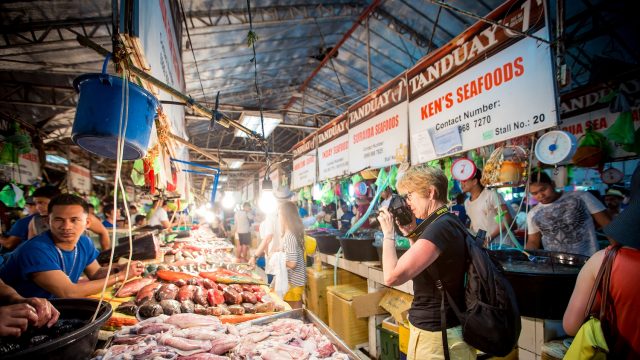
Why it’s More Fun in the Philippines
Published on June 22, 2016
The Philippines is an archipelago of over 7,000 islands offering a unique blend of natural beauty, history, cultural attractions, white sandy beaches, bustling metropolises and so much more. Join Modern Day Explorer Louise Shumbris as she scouts experiences, activities and inclusions for Abercrombie & Kent’s first-ever itineraries to the Philippines. https://www.youtube.com/watch?v=g58H4C_BCAE Modern Day Explorers: Nature in the […]
Keep reading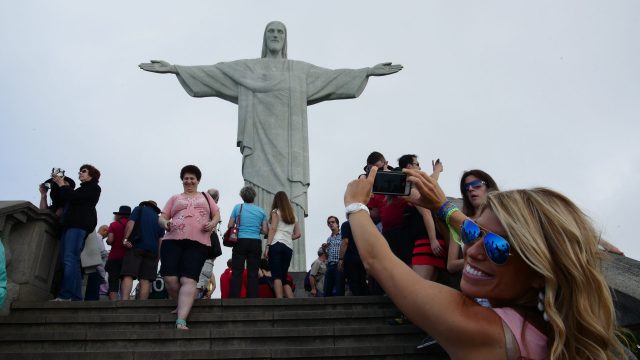
Look Up!
Published on June 7, 2016
By Terry Dale, President and CEO, USTOA We’ve all had it…the urge to run into distracted walkers staring into their phones and yell, “Look up!” Although it is a personal pet peeve, distracted walking has moved beyond an issue of manners and has become a safety hazard, accounting for one out of 10 pedestrian injuries. […]
Keep reading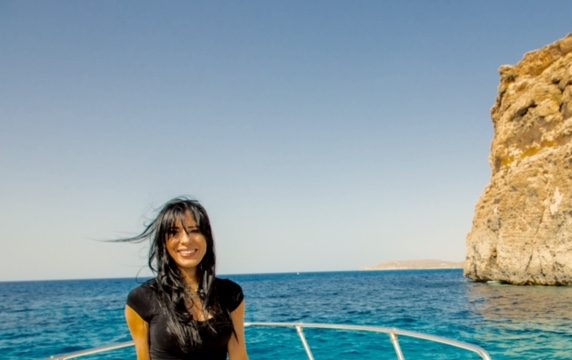
Discover Malta, the Jewel of the Mediterranean
Published on May 31, 2016
By Carol Dimopoulos, President of Perillo’s Learning Journeys Behind every great tour experience is a phenomenal product manager – these “Modern Day Explorers” scout undiscovered experiences in new, emerging destinations, rediscover what’s new in beloved places, and get to know the community with the single goal to design enriching itineraries for you to book. How […]
Keep reading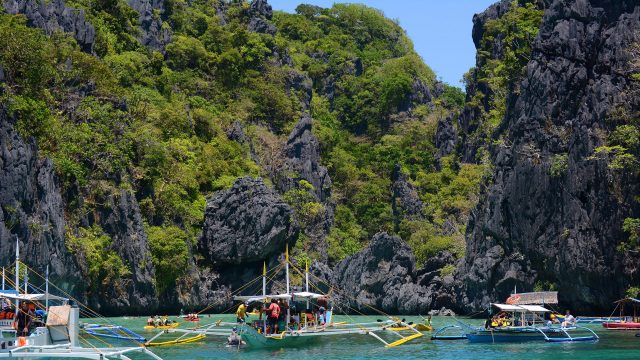
Getting a Feel for the Philippines
Published on May 17, 2016
By Louise A. Shumbris, Vice President, Product Development & Operations, Abercrombie & Kent USA Behind every great tour experience is a phenomenal product manager – these “Modern Day Explorers” scout undiscovered experiences in new, emerging destinations, rediscover what’s new in beloved places, and get to know the community with the single goal to design enriching […]
Keep reading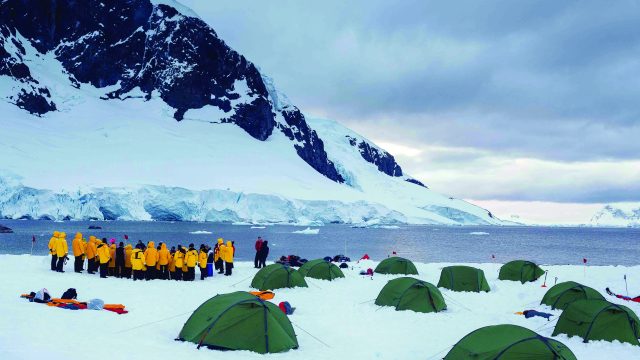
Adrenaline-Pumping Tours
Published on April 5, 2016
By Terry Dale, President and CEO, USTOA Calling all thrill-seekers: want to get your adrenaline pumping on your next trip? From swimming with sharks in Australia, dog mushing in Manitoba, and mountaineering in Antarctica to white water rafting in the Grand Canyon, kayaking the Alaska Fjords and rock climbing in Yosemite National Park, USTOA tour […]
Keep reading
Got a Balanced Marketing Mix? Have you Considered the Sleeping Giant Market Segment?
Published on March 29, 2016
By Jim Smith, CTIE, Senior Consultant – Travel Industry Distribution Perhaps one of the most commonly overlooked business opportunities that is off the radar of many marketers is a segment that represents 20% of the US population. It is, by all accounts, the fastest growing global demographic. Surprisingly, it is not the millennial market although […]
Keep reading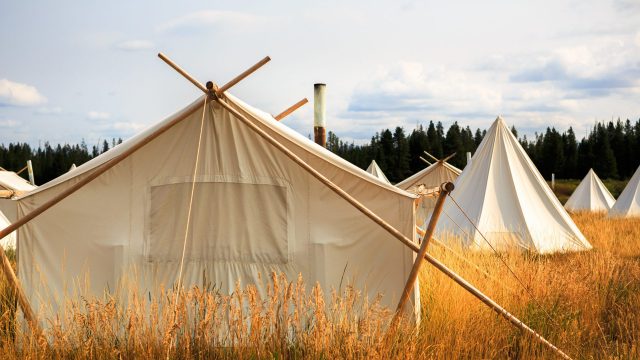
Explore America’s National Parks
Published on March 1, 2016
By Terry Dale, President and CEO, USTOA This August marks 100 years since Woodrow Wilson signed the United States National Park Service into existence and festivities are already underway in many of the parks to honor this momentous milestone. USTOA tour operator members have long treasured these conserved areas of natural beauty and history and […]
Keep reading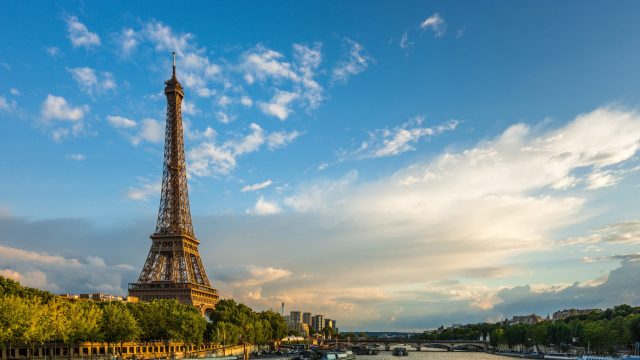
Discover the World’s Most Romantic Destinations
Published on February 2, 2016
By Terry Dale, President and CEO, USTOA It’s February, and so of course our thoughts are on Valentine’s Day. Beyond the more commercial aspects of chocolates and roses, the day is a reminder to spend time with the people you love. And, what better place is there to do that than in one of the […]
Keep reading
Understanding State Department Travel Alerts and Warnings
Published on January 21, 2016
By Terry Dale, President and CEO, USTOA Safety has always been the top priority for USTOA members so we’re particularly sensitive to State Department travel alerts and warnings, which can cause more confusion and uncertainty among travelers than guidance. We’re constantly monitoring these alerts and found Everett Potter’s overview of what they mean in USA […]
Keep reading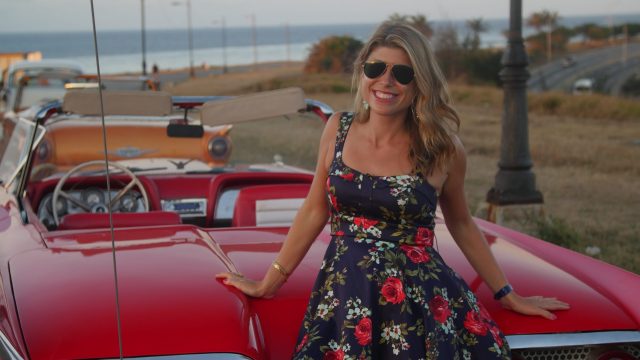
A Look Ahead: USTOA Tour Operator Members are Confident about 2016
Published on January 5, 2016
By Terry Dale, President and CEO, USTOA Happy New Year! And welcome to 2016… it’s going to be a great year to travel the world. USTOA conducts an annual travel trend and forecast survey of the association’s active tour operator members, monitoring business trends, top travel destinations, and more. The most recent results were revealed […]
Keep reading
